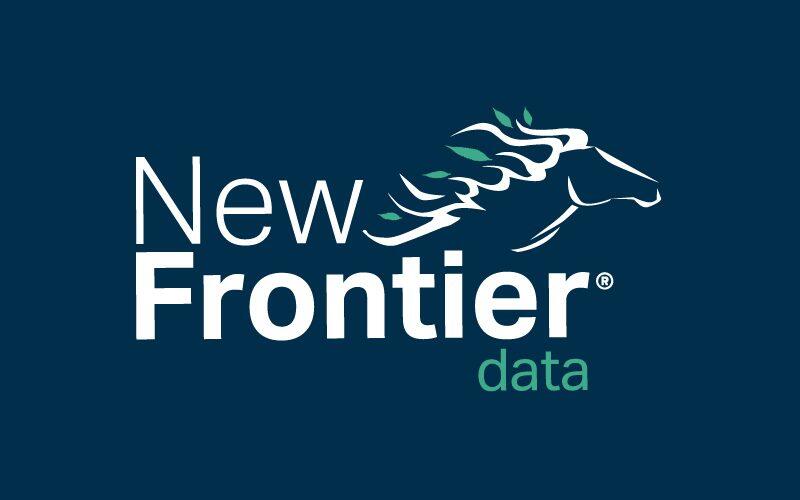Humboldt’s Iconic Cannabis Industry Faces Difficult Transition to Fully Regulated Market

Humboldt Growers Face New Competition in the State’s Adult-Use Market
October 13, 2019
Anticipating the Impacts on Canada’s Market Under Cannabis 2.0
October 20, 2019By John Kagia, Chief Knowledge Officer, New Frontier Data
In August, the quietude of a typical summer morning in California’s Humboldt County was interrupted with a rousting by military vehicles rumbling through its remote rural byways. It was the start of a four-day, joint effort between the local sheriff’s office, the California National Guard, and other state authorities targeting unlicensed cannabis growers throughout the county’s 4,000-some square miles, an effort which yielded approximately 40,000 plants, and over 2,300 pounds of processed cannabis.
It marked the latest instance of the state’s escalating initiative to tamp out California’s rampant but unregulated cannabis supply as it furthers development of the state’s recently legalized adult-use market. Hindered by slow licensing procedures, high taxes, and local government bans on cannabis-related businesses, the statewide enterprise has struggled to compete against the Golden State’s deeply entrenched gray market.
In Humboldt – widely considered the country’s most iconic cannabis-growing region – the transition to fully legal cannabis has been tumultuous. Despite representing the forefront of American cannabis cultivation and advocacy as popular support and political reform seem bound for an inflection point per national legalization, the community that has traditionally served as the movement’s vanguard faces the risk of being left behind.
Humboldt’s challenges for its cannabis industry have arrived through a convergence of factors: Costs to fulfill regulatory compliance are too high for many small-scale growers facing little or no access to capital; requirements for plant testing and seed-to-sale tracking can be prohibitively costly and resource-intensive; and ultimately the necessity for finding buyers too often proves critically difficult amid a fractured and fragmented supply chain. Should those fundamental challenges be met, newfound needs for marketing and branding require specialized (and expensive) skills in a highly competitive consumer product environment fraught with increasingly diverse and sophisticated brands.
Further, with such shifting economics of commercial cultivation, drastic declines in wholesale prices have pushed many growers beyond their fiscal ability to stay afloat. Undercapitalized and under-resourced, they have struggled to make the operational changes needed to run a competitive business in the new market.
In the same year that investors poured over $13 billion into legal cannabis, Humboldt’s growers have struggled to raise $1 million for local farms. Lacking the infrastructure changes needed to meet strict new regulations, they face potentially aggressive state enforcement for failure to meet newly instituted compliance standards.
Nevertheless, progress can be measured through the licensing of nearly 700 growers as of early August, comprising the second-highest total after Santa Barbara County’s cultivation licenses. The total remains a fraction among the thousands of growers having long operated in the region, but residents hope for more to follow.
Furthermore, following a price collapse which pushed outdoor prices below $1,000 a pound in late 2018, current prices reflect some recovery. Meantime, local efforts to promote regionally sourced products under a collectively promoted Humboldt brand appear to be bearing fruit as the recognized products attract a slight premium over those originating from other parts of the state. Indeed, the region’s economic development authority has now issued a request for proposals for a branding agency to develop and implement a strategic plan on behalf of Humboldt’s nationally recognized reputation as county regulators work aggressively to shore up its local economy before many more growers are forced into costly relocation or out of the only industry they have known.




